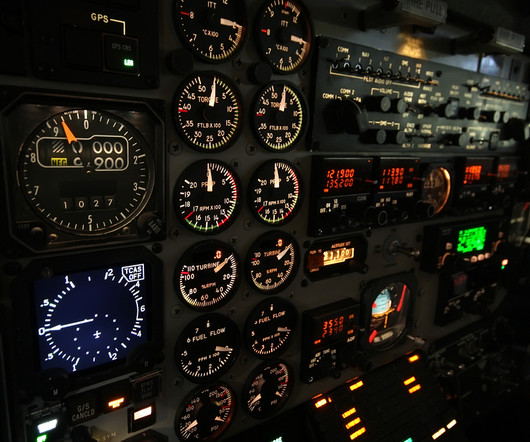What Is Air Density? A Simple Guide for Pilots
Pilot Institute
MARCH 26, 2025
Key Takeaways Air density affects aircraft performance, including lift, engine power, and propeller effectiveness. These include lift, propeller thrust, and engine combustion. When flying through a high-pressure weather system, the same volume of air contains more molecules. The opposite is true for low-pressure weather systems.














Let's personalize your content